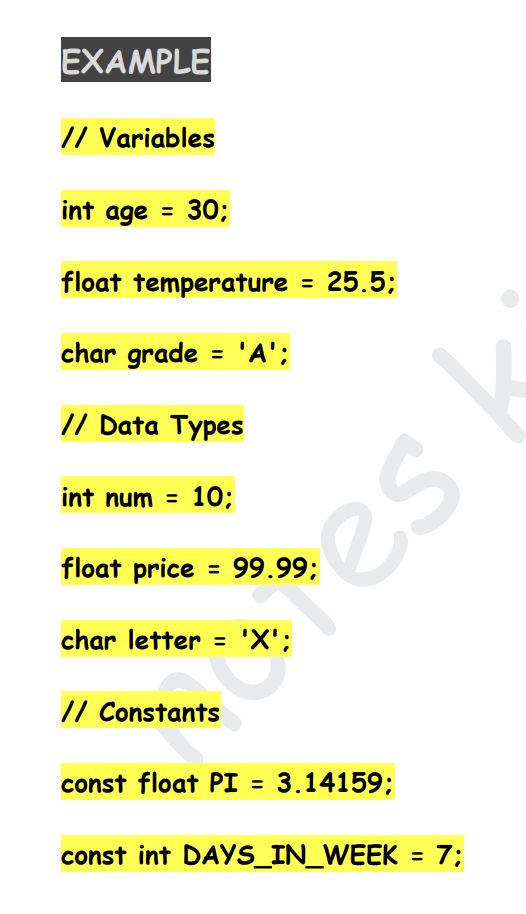Mastering C Programming Wizardry
Summary:
The text describes C Language Notes, which are designed to help individuals master the C programming language. The notes cater to both beginners and experienced developers, providing a comprehensive and well-structured guide to understanding C language fundamentals. The notes include real-world examples, tips, and tricks for efficient coding, as well as exercises and challenges to reinforce learning. Additionally, the notes are suitable for exam preparation and job interviews. They are accessible on various devices, making them portable and eco-friendly. The offer also includes bonuses like a C Coding Cheat Sheet, an exclusive webinar on advanced C concepts, and 24/7 customer support. The notes aim to empower learners to become proficient C programmers.
Excerpt:
Mastering C Programming Wizardry
C Programming:
Introduction to C:
● History and Features of C.
● Basic Structure of a C program.
● Variables, Data Types, and Constants.
● Input and Output Functions.
Control Flow:
● Decision-making with if-else and switch statements.
● Loops – while, do-while, and for loops.
● Break and Continue statements.
Functions:
● Function definition, declaration, and calling.
● Parameters and Arguments.
● Recursion and Recursive Functions.
Arrays and Strings:
● Declaring and Accessing Arrays.
● Multi-dimensional Arrays.
● Strings and String Functions.
Pointers:
● Understanding Pointers and Pointer Arithmetic.
● Pointers and Arrays.
● Dynamic Memory Allocation (malloc, calloc, free).
Structures and Unions:
● Defining and Using Structures.
● Nested Structures and Structure Arrays.
● Unions and their applications.
File Handling:
● File Operations – Opening, Reading, Writing, and Closing files.
● Text and Binary Files.
INTRODUCTION
History and Features of C:
● C is a general-purpose programming language created by Dennis Ritchie at Bell Labs in the early 1970s.
● It is widely used for system programming, embedded systems, and application development.
● C became popular due to its efficiency, simplicity, and portability across different platforms.
Basic Structure of a C Program:
● A C program consists of functions, and it must have a main function, which serves as the entry point of the program.
● The main function contains the executable code of the program and returns an integer value to the operating system.
#include <stdio.h>
int main() {
printf(“Hello, World!\n”);
return 0;
}


Reviews